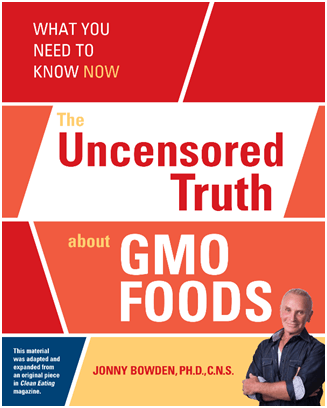- Does saturated fat really cause heart disease?
- What’s the difference between grass-fed and organic?
- Is farm-raised salmon as good as wild salmon?
- Collagen (Supplements and Protein Powder)
There are at least 16 different kinds of collagen, but almost 90% of the collagen in our bodies is type 1, 2, or 3. Type 1 and 3 tend to cluster in the skin, while type 2 is concentrated in the joints. One ingredient manufacturer—Verisol-- makes a collagen 1 and 3 that has been tested in a number of studies, while another manufacturer—BioCell-- makes a type 2 collagen that has been clinically studied and is considered state-of-the-art.
Years ago, we were taught that collagen supplements weren’t well absorbed when taken orally, but we now know that’s not true—at least not when you’re using high-quality collagen supplements.
For collagen supplements, my recommendation is Reserveage Collagen Replenish for skin, which is Verisol type 1 and 3 collagen, or Reserveage Collagen Booster for joints, which is type 2 BioCell collagen with some additional Hyaluronic acid and chondroitin. I use both of them every day.
While collagen supplements are a great way to get support for skin and bones, there’s recently been a trend towards high-quality collagen protein powders, which offer a much greater dose of the collagen peptides found in the above-mentioned supplements. I think collagen protein is a very promising protein powder that could work well as a high-quality protein source.
- Elderberries
Ready for “Brain Superfood Number One?"
Elderberries.
These berries are nutritional and medicinal powerhouses. So why aren’t we all eating them? Two reasons, one, they’re impossible to find, and two, they taste horrible.
And you probably don’t want to go picking them wild, even if you could find them (which you probably can’t). Only the completely ripe, purple-blue (almost black) berries and flowers are edible. The unripe berries and seeds of the elder tree are poisonous. They contain glycosides (molecules consisting of a sugar and a non-sugar group) which release cyanide(a potentially deadly chemical that can exist in various forms, according to the CDC). Probably something you don’t want to be consuming.
Fortunately, you can get the terrific medicinal properties of elderberry in a very tasty extract form known as Sambucol. It’s available everywhere and it’s terrific. It’s a staple in my house, and we use it regularly, especially during cold and flu season.
- Malaysian Red Palm Oil
Palm oil is to tropical African cooking as olive oil is to Mediterranean cooking. It’s the most heavily consumed dietary oil in the world after soybean oil. The late biochemist Mary Enig, PhD, called it “one of the most important edible oils in the world,” and with good reason. It's shelf stable, contains absolutely no GMOs, and is trans fat-free. Plus it has a nice smoke point of 450 degrees Farenheit.
Palm oil is high in tocotrienols, which are protective to the body and the brain, and in carotenoids, which is why it has that rich, red color.
One bad rap about the palm oil industry is that it is responsible for deforestation and the destruction of orangutan habitats. That’s true in many places, but not in Malaysia (and a few other places like Equador). I always recommend Malaysian palm oil precisely because Malaysia is so environmentally conscious—more than 50% of its forests are protected (as opposed to 3% of ours!). Their palm oil industry is sustainable and no animal habitats are harmed.
Malaysian palm oil has a distinct, amazing rich flavor and it is popping up at more and more natural food and ethnic food stores.
 Don’t forget to pre-order the new, updated edition of “The 150 Healthiest Foods on Earth” before its official publication date of Aug. 29 and I’ll send you my new book, “The Uncensored Truth About GMO Foods” absolutely free! Just send the digital receipt toinfo@jonnybowden.comand I’ll get your book out to you right away!
Don’t forget to pre-order the new, updated edition of “The 150 Healthiest Foods on Earth” before its official publication date of Aug. 29 and I’ll send you my new book, “The Uncensored Truth About GMO Foods” absolutely free! Just send the digital receipt toinfo@jonnybowden.comand I’ll get your book out to you right away!Jonny Bowden, “the Nutrition Myth Buster” is a board-certified nutritionist and the
 best-selling author of 15 books including The Great Cholesterol Myth, Living Low Carb, the 150 Healthiest Foods On Earth and Smart Fat. To learn more about healthy living, motivation and nutrition, visit jonnybowden.com.
best-selling author of 15 books including The Great Cholesterol Myth, Living Low Carb, the 150 Healthiest Foods On Earth and Smart Fat. To learn more about healthy living, motivation and nutrition, visit jonnybowden.com. Note: The statements presented in this column should not be considered medical advice or a way to diagnose or treat any disease or illness. Dietary supplements do not treat, cure or prevent any disease. Always seek the advice of a medical professional before altering your daily dietary regimen. The opinions presented here are those of the writer.
Posted on WholeFoods Magazine Online, 8/14/17











